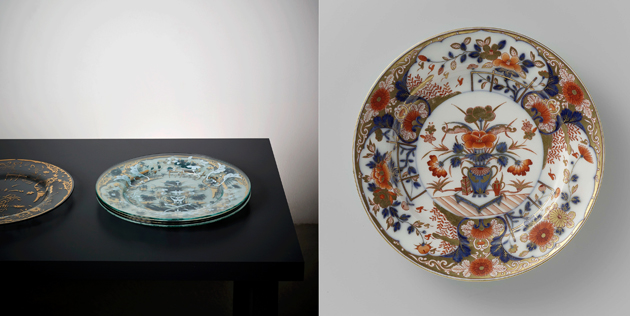Last April 2013 an unusual newcomer appeared on the stage of the Salone del Mobile in Milan. Not a new design studio nor an exclusive brand, but the prestigious 200-year-old State Museum of the Netherlands. After 10 long years of renovation this museum of art and history finally reopened its doors and, surprisingly, during their persistent period of absence the museum not only rebuilt the brick walls to house their 100.000 objects; they also developed a unique virtual project. The museum presented the “Rijksstudio” project as part of Droog’s 20+ up to a beautiful future exhibition in Milan, to a, for them, new audience: the design world.
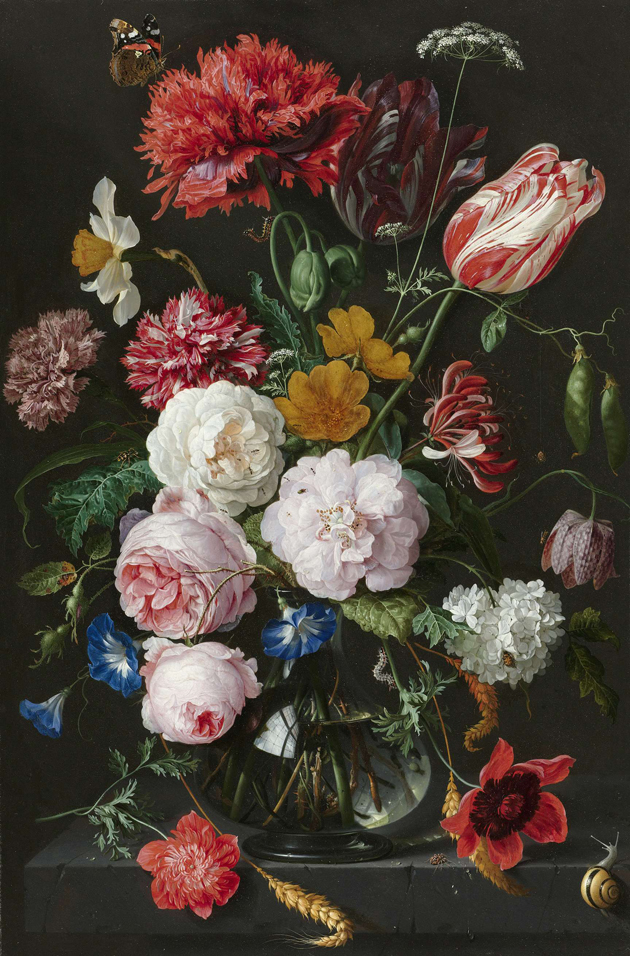
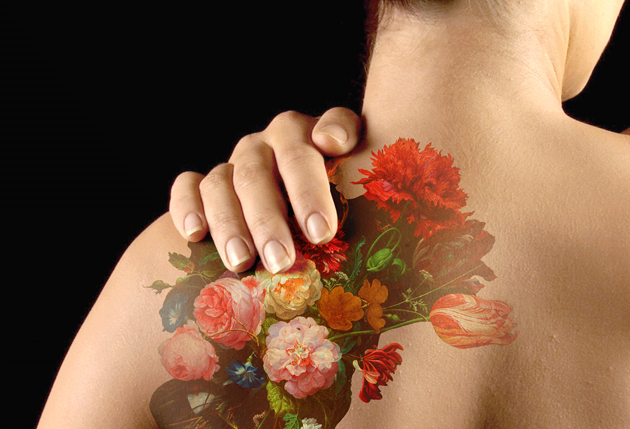
In Milan, the presentation of Rijksstudio was inspired by the domestic interior scenes of painter Johannes Vermeer and set up in a small room of approximately 30 sq m. Yet, the idea behind the digital project is much bigger than the one room we saw in Milan. The Rijksstudio is namely an online database, a platform packed with ultra high-resolution images of 125.000 collection pieces, from masterpieces to unknown artifacts. All images are free to download, collect and share and moreover of perfect quality to zoom in on details, print on big scale, sample or manipulate and all of this copyright-free.
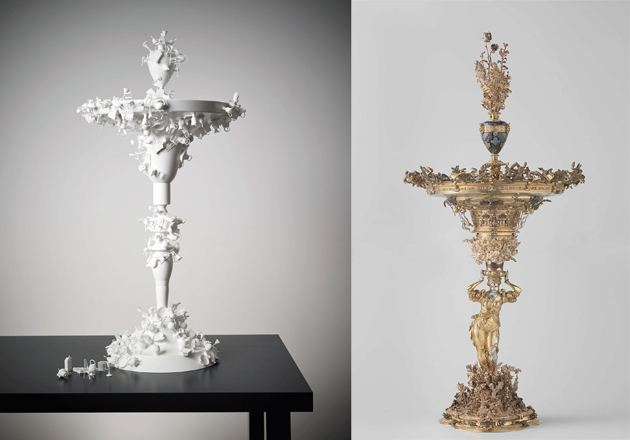
The museum’s goal with their digitalized collection and big launch during the Milan Design Week is to reinterpret “century old works in contemporary shapes, techniques and materials.” And in order to plug the Rijksstudio project firmly into the international design field, they approached the Dutch design label Droog to set the first examples. One of the most striking outcomes is how Droog turned the classical art painting Still Life With Flowers and Glass Vase of Jan Davidsz de Heem into a body tattoo. Another eye catcher is the lavishly decorated Center Piece by German silversmith Wenzel Jamnitzer (1549) that is now re-decorated with 3D-printed magnetic miniatures of the Rijksmuseum collection. Besides 3D-printing and tattooing Droog applied other highly modern techniques combined with material such as rubber, titanium, plastic or glass to create new designs such as distilling the Irmari décor motif of a historical plate onto four glass plates, which recreate the original motif when you stack them.
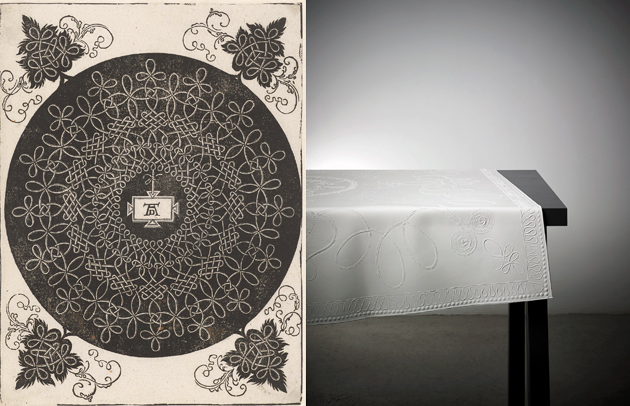
Of course the Rijksmuseum is not the first museum that shows its face during the Salone, but unlike the others, this time it’s not a one-off museological presentation of limited editions that makes the critics claim that “design is art”. And whereas one usually tends to write about what the eye can perceive, in this case the prototyped outcome displayed by Droog even seems of inferior importance to the story. It is foremost the museum’s initiative that must be noted for its experimental approach and creative usage of the Internet to cross historical art with contemporary design. Hopefully they have fired the starting gun for an equal footing relationship with a benefit for both the disciplines: collection pieces get a new (technical) boost out of the oblivion and designers are allotted the role of the new bearer of our cultural history.
